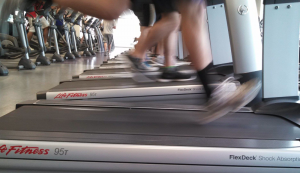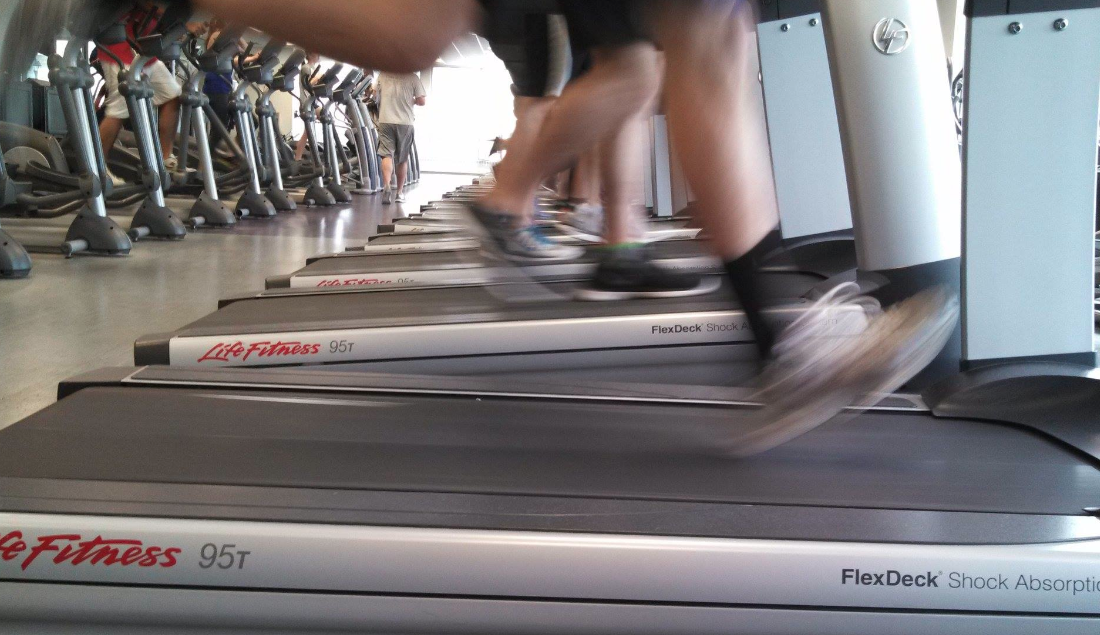As spring approaches, sunshine, melting snow and warmer temperatures are all good signs for students who suffer from Seasonal Affective Disorder, according to Geraldine Rockett, director of Counseling Services.
While a 2012 study by the International Journal of Environmental Research and Public Health found suicide rates peak in the spring time, Rockett said students in northern climates, especially those already suffering from depression, instead struggle the most during winter because of SAD.
Rockett said the lack of sunlight and time spent outdoors can even severely impact students who don’t usually experience mental health issues.

“What tends to happen here is that from October until the end of finals, we are completely booked solid, and it’s difficult for people to get in,” Rockett said. “This winter has been really hard for people. A lot of people in northern climates have seasonal affective disorder, and it wasn’t just those people. Even the average person was getting really tired.”
SAD is a type of depression that occurs at the same time every year, with symptoms starting in the fall and continuing into the winter months. Coupled with pre-existing depression, SAD can make the winter months a struggle, according to the Mayo Clinic.
Freshman Patrick Williams said he has suffered from SAD for the past three winters.
“You just don’t want to go outside, it ruins your mood,” Williams said. “Last semester was really hard. It’s a battle everyday.”
Junior Emily Quam said she has experienced the difficulties caused by winter. After her private high school closed, Quam transferred to a public school for her senior year, without many of her friends. Quam developed depression.
“I was a pretty normal kid. You never would have thought that it would have been me,” Quam said. “Then I started self harming, and there just got to be a breaking point where it was so hard, and I broke down.”
After she hit her breaking point, Quam told a friend, who helped her get treatment. Since then, Quam has recovered and is now president of Active Minds at St. Thomas, a program working to reduce social stigma associated with student mental illness.
Quam said she struggled most during the winter.
“I could definitely notice my mood was lower during that time,” Quam said. “It’s always darker, and you stay inside more. There are definitely benefits to being outside and getting the fresh air.”
While getting outside can be painful in the winter, Rockett said there are steps students can take to maintain a good mood. Counseling Services has six lights that mimic sunlight and can help offset the effects of SAD.
“The biggest thing is sunlight, and if you can’t get the sunlight, then get the light,” Rockett said.
Additionally, Rockett said one of the most helpful treatments is exercise, because the serotonin released through exercise helps shake the winter gloom. When it comes to fighting SAD, Rockett does not recommend medication, but students can receive a medication prescription for more serious depression at Health Services.
“We can’t prescribe medication, and we don’t think that’s the first step,” Rockett said. “The research shows that actually working out is just as effective, and sometimes more effective than antidepressants.”
But Williams said getting up and working out when struggling with SAD or depression isn’t as easy as it may sound.
“If you’re not striving to become happy, then you lose your motivation, you lose your happiness, you lose your will to do stuff. That’s when it grabs you,” Williams said. “The deeper you get into it, the worse it gets and the harder it is to get out. For me the best thing is seeing a therapist and exercising.”
While light, therapy and exercise may help treat SAD, Rockett said it will take more than that to deal with depression. But because the disorders have similar symptoms, Rockett said it can be difficult to distinguish between depression and SAD, but she said the key is pinpointing when symptoms began. If the depression starts around the fall daylight savings time, Rockett said it’s probably SAD.
Located in Murray-Herrick Center, Counseling Service provides an anonymous depression screening questionnaire online among many other services. Students seeking help can also schedule a meeting with counseling services.
Quam said she highly recommends seeking help by talking to someone. She credited much of her recovery to therapy sessions.
“Once you let it out, you feel like a weight’s been lifted off, and you feel like I can finally recognize what I’m going through and here’s what I should do. Talking is key,” Quam said. “It’s more common than you think, so don’t ever think that you’re alone or that something’s just wrong with you.”
With rising temperatures and more sunlight, Williams said he is feeling the relief of spring.
“It’s so much better now,” Williams said. “Just being able to walk outside. That’s such a big difference. Feeling the sun on my face. I can tell that I’m a happier person lately.”
Simeon Lancaster can be reached at lanc4637@stthomas.edu.

